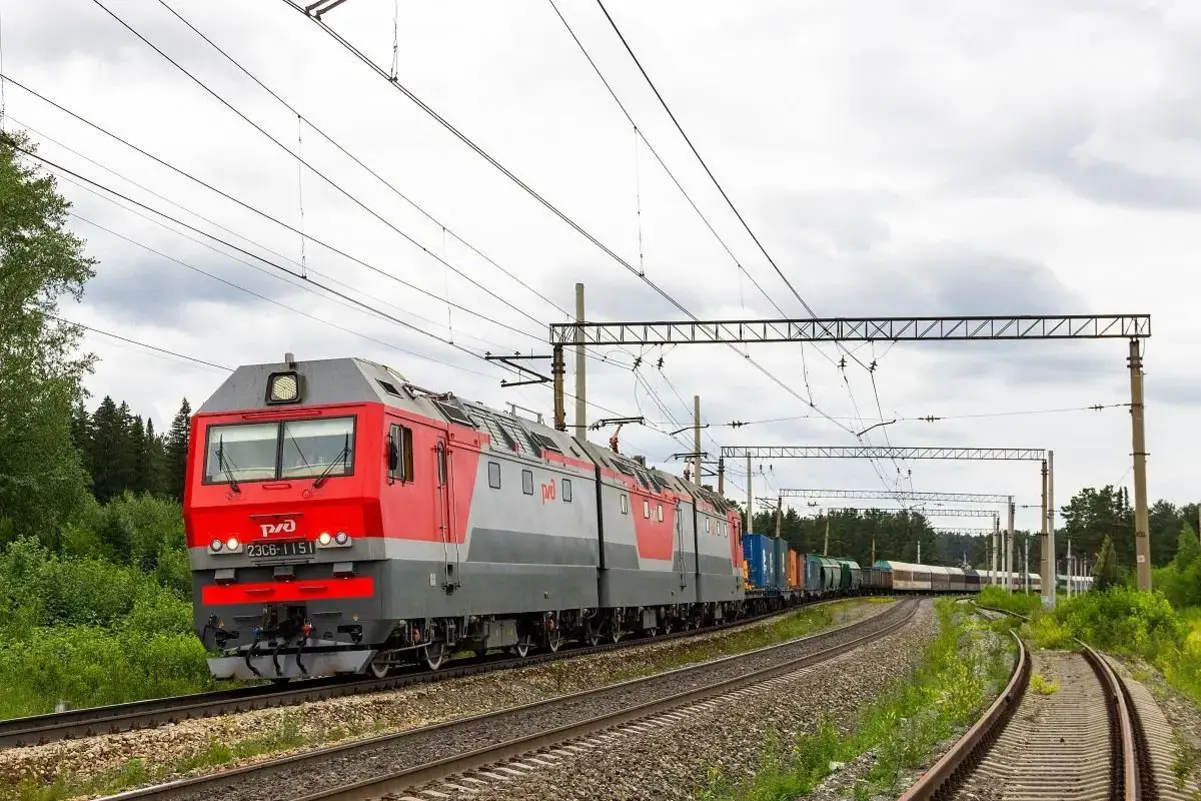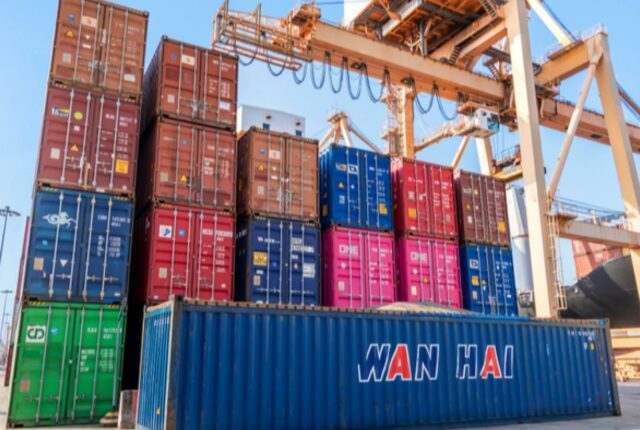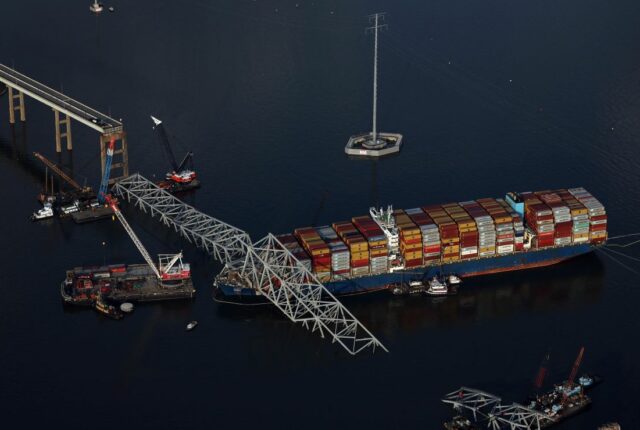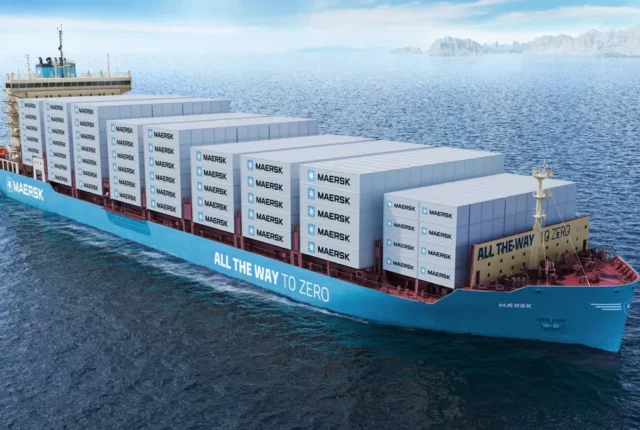
Green Rails: Sustainable Practices in Rail Freight Transport
In an era where environmental consciousness is paramount, the railway industry has embarked on a journey towards sustainability. Green Rails, or sustainable practices in rail freight transport, have gained momentum in recent years, emphasizing eco-friendly initiatives, innovative technologies, and responsible freight management. This comprehensive guide will delve into various aspects of Green Rails, covering a wide range of topics that showcase both subject matter expertise and personal experiences in the field.
Green Rails: Sustainable Practices in Rail Freight Transport
The core of our discussion revolves around Green Rails itself, as we aim to demystify the concept and highlight its significance in today’s world.
Environmental Responsibility
Green Rails, often used interchangeably with sustainable rail transport, underscores the industry’s commitment to minimizing its carbon footprint. The use of electrified rail systems, energy-efficient locomotives, and a reduction in greenhouse gas emissions are all essential components of this initiative. It is heartening to see the rail freight sector embrace its responsibility towards the environment.
Electrification Revolution
One of the standout features of Green Rails is the shift towards electrification. Electric locomotives are replacing diesel-powered ones, offering cleaner and more efficient transport solutions. This transformation significantly contributes to reduced pollution and increased energy efficiency.
Renewable Energy Sources
Incorporating renewable energy sources into rail freight operations is another cornerstone of sustainable practices. Solar panels and wind turbines are now being utilized to generate clean energy for railway systems, further reducing their reliance on fossil fuels.
Sustainable Infrastructure
Green Rails isn’t just about locomotives; it’s also about creating sustainable rail infrastructure. This includes using eco-friendly materials for tracks, energy-efficient lighting, and well-planned stations that promote energy conservation.
The Advantages of Green Rails
Green Rails bring forth a multitude of benefits, not only to the environment but to the rail industry itself and the communities it serves.
Reduced Emissions
By prioritizing sustainability, rail freight transport reduces greenhouse gas emissions, curbing the negative impact on our environment. This results in cleaner air and a healthier planet.
Cost Efficiency
Sustainable freight practices also translate into cost savings. Electrified rail systems, powered by renewable energy sources, are often more cost-effective in the long run, offering a win-win scenario for both operators and consumers.
Improved Reliability
Electric locomotives tend to be more reliable than their diesel counterparts, leading to fewer delays and smoother operations in the rail industry.
FAQs
Q: What are the primary objectives of Green Rails?
A: Green Rails primarily aims to reduce the environmental impact of rail freight transport by focusing on electrification, renewable energy sources, and sustainable infrastructure.
Q: How do Green Rails benefit the rail industry?
A: Green Rails result in reduced emissions, cost efficiency, and improved reliability, offering advantages to both the rail industry and the environment.
Q: Are Green Rails cost-effective?
A: Yes, Green Rails are cost-effective in the long run due to their use of electrified rail systems powered by renewable energy sources.
Conclusion
The transformation towards Green Rails is a testament to the rail industry’s commitment to a more sustainable and eco-friendly future. This journey is characterized by electrification, renewable energy sources, and cutting-edge innovations that aim to make rail freight more efficient and environmentally responsible. As we continue to embrace these practices, we look forward to a cleaner, more efficient, and responsible rail freight industry.






